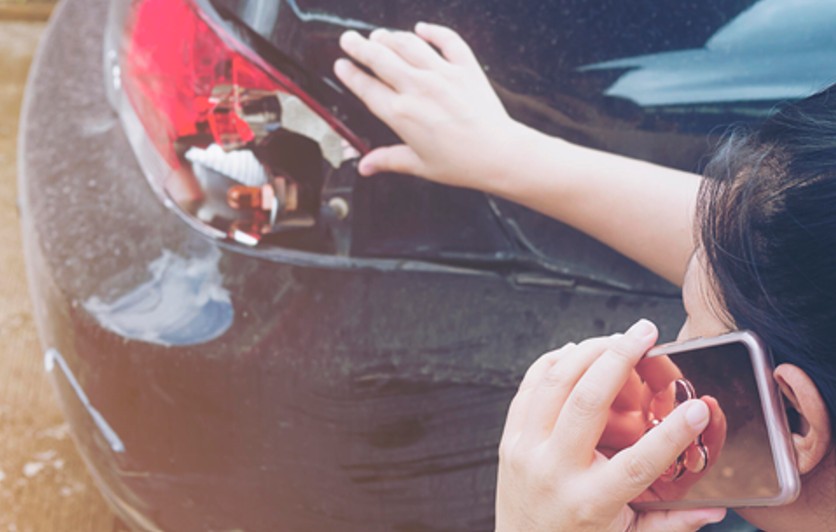Let this sink in: approximately 1.19 million people die each year as a result of road traffic crashes, according to the WHO. That’s a hard number to process, right? But it’s real. And it’s not slowing down.
You’ve likely felt it, too. More tailgating. More sudden swerves. More people are scrolling through their phones at 60 mph. It’s totally chaotic out there. But that doesn’t mean you’re helpless. You can still protect yourself. How?
By driving defensively. That means staying alert, thinking two steps ahead, and preparing for what others might do wrong. It’s not complicated—it’s just smart. But how do you make it part of your routine? That’s where this blog comes in. Read on!
Stay Informed
You can’t avoid what you don’t see coming. That’s why staying informed is the first step toward becoming a safer driver.
Say there’s a crash on your usual route, or a certain intersection keeps coming up in news reports. Wouldn’t it make more sense to take another way? So start looking up reliable online sources that share real-time updates on car accidents in your area. Learn from what you read. Rear-end crashes, blind spot mistakes, red light running—these patterns can teach you a lot.
And if you’re ever in one, even a minor one, it helps to understand your next steps. Know how to offer basic first aid, which helpline to call, and which personal injury lawyers nearby can help when things get complicated.
Anticipate the Unexpected
Here’s something drivers don’t talk about enough: people mess up. A lot.
The driver in front of you might stop for no reason. Someone might be texting while driving and changing lanes without checking their mirrors. A kid could chase a ball into the street without warning. These things happen all the time. But when you expect them, they stop being surprises—and that gives you time to react.
So, here’s the trick: don’t just drive your car. Watch everyone else’s too. Look ahead, scan your mirrors, and keep an eye on side streets. If someone looks like they might do something risky, assume they will. It’s better to be prepared than caught off guard.
Leave More Space Than You Think You Need
Most people follow way too closely. They don’t mean to, but it’s easy to misjudge distance—especially in stop-and-go traffic.
But that little extra space? It buys you time. If the car ahead slams the brakes, you’ve got a few seconds to react instead of a split-second panic. The rule of thumb? At least three seconds behind the car in front of you. Double that if it’s raining or the road looks slick.
Think of it like a buffer. You’re not being slow—you’re being smart. And when someone suddenly cuts in front of you (because, let’s face it, they will), that space keeps you from being the next accident report.
Know Your Exit Routes
You’re driving down the highway, and traffic suddenly slows. Or worse, someone swerves into your lane. What’s your move?
A defensive driver always has a backup plan. That means knowing how to get out of a bad spot fast. You don’t need to memorize side streets, but you should be aware of what’s around you—shoulders, gaps, and even bike lanes if you’re stuck.
Check your mirrors often. Not just for show—really check. Ask yourself: if I had to move right now, could I? The more you practice this habit, the more natural it becomes. You’re not just reacting—you’re staying a step ahead.
Limit Distractions
Everyone knows phones are dangerous behind the wheel. But distractions go beyond texting.
Even small things—changing the song, unwrapping a snack, glancing at a billboard—can steal your attention for just long enough. And that’s all it takes. Most crashes happen in a split second. If your eyes leave the road, even briefly, your chances of avoiding danger drop fast.
Here’s a suggestion: treat driving like a job. One task, full focus. Need to adjust your Global Positioning System (GPS)? Do it before you start moving. Hungry? Wait until you’re parked. Keep your hands on the wheel and your head in the moment.
Closing Lines
No one can predict everything on the road. But that doesn’t mean you have to drive with your fingers crossed. Defensive driving gives you real tools to protect yourself that actually work.
Even a small shift in mindset might be the one thing that helps you avoid a mistake someone else didn’t see coming. So stay sharp. Stay ready. And remember—your best protection on the road is the way you choose to drive.


